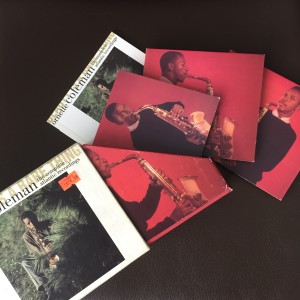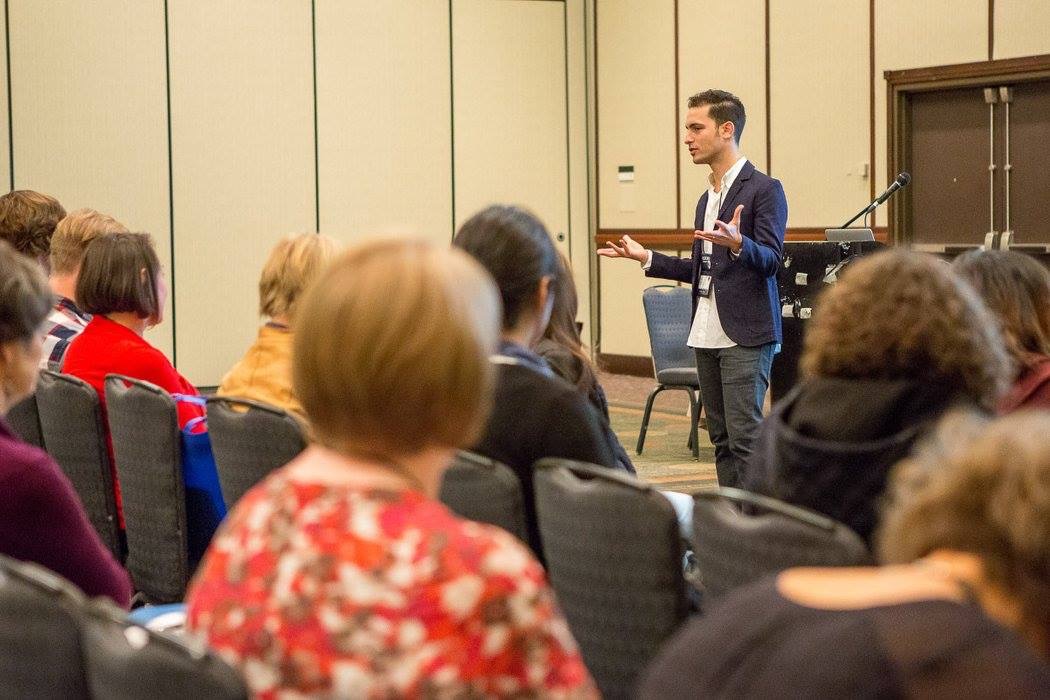
Latin Rhythms at AMTA 2015
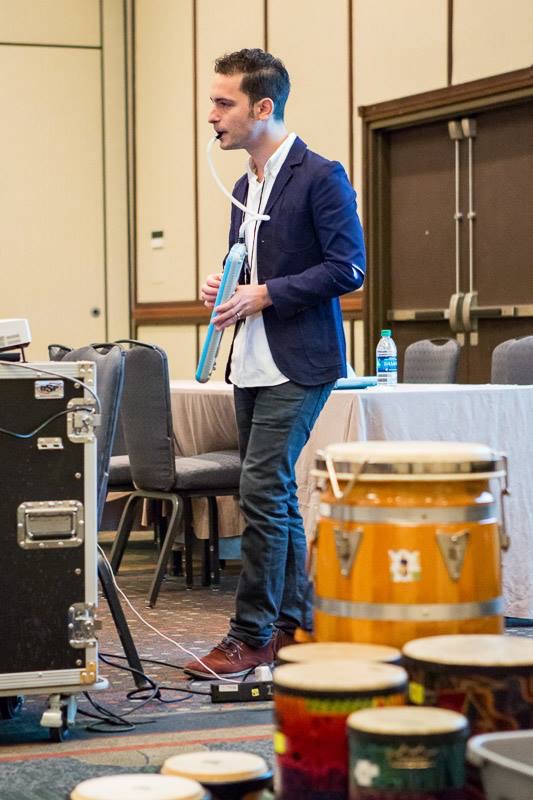
Every year, the American Music Therapy Association holds a national conference where the music therapy community meets to discuss the latest advancements in our field and make important decisions that pave the way for the present and future of the profession. I love attending these conferences because it helps me remain acquainted with the latest research. It also gives me an opportunity to learn from others, share my experience, and grow as a clinician through the many enlightening discussions and conversations I get to have with my brilliant friends and colleagues.
This year the conference was held in Kansas City, and I had the honor of presenting about Latin rhythms and how they can be used clinically.
[/x_text]I was glad to have a fantastic turn-out of about 70 music therapists from around the country. We discussed the importance of taking culture-specific considerations when working with our clients, and focused on the incredibly diverse and influential Latin community. We briefly touched on major musical styles from Latin America, yet spent most of our time looking closely at rhythms based on clave such as Son Montuno, Cha-cha-cha, and Bolero. Participants got a chance to understand, play, and experience the different components of these fun intricate rhythms. We proceeded to discuss how we can use these material with Latin and non-Latin clients in different music therapy settings. We all had an absolute blast and came out dancing with our enriched musicality. Check out the video on the right to get a glance at our experience! To learn more about Latin Rhythms in music therapy click here.
[/x_text]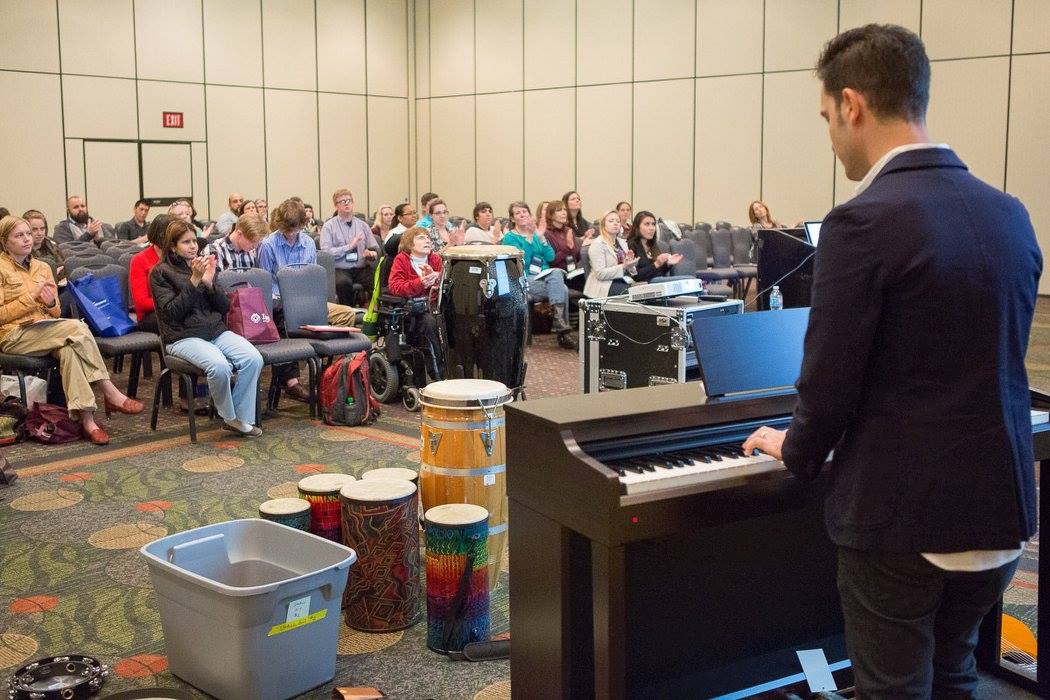
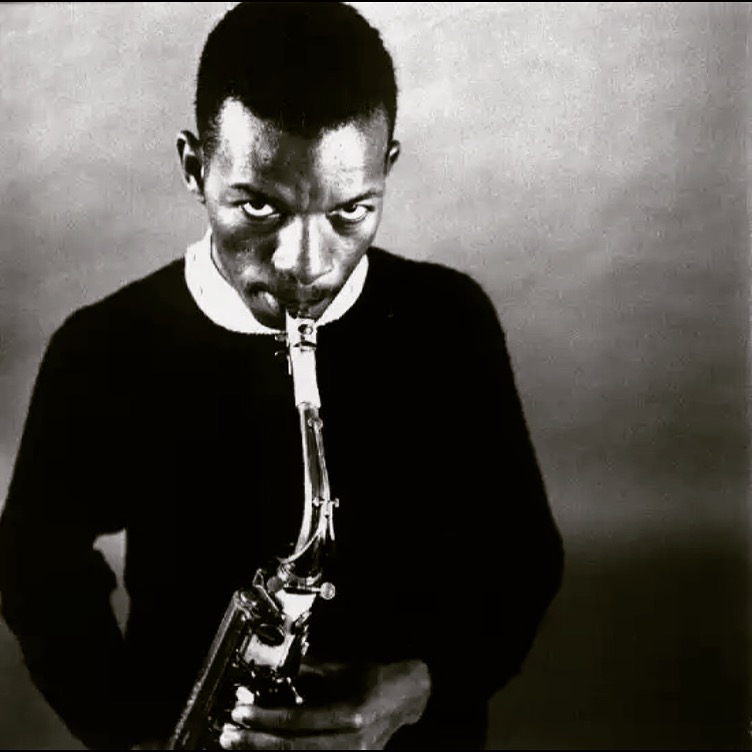
Ornette Coleman and Music Therapy
Ornette Coleman, one of the most legendary and influential musicians of all time, passed away on June 11th, 2015, at the age of 85. I first heard of Ornette when my teacher Omar Tamez got me into all these amazing jazz albums back in Monterrey, Mexico. I also remember that during my first year at Berklee College of Music, there was a time when I couldn’t stop listening to the “Beauty is a rare thing” box set I bought at one of the CD stores around school. It was the summer of 2006, and I remember this music had a big impact on me, as I searched for my own identity while living in a new country within the structure of formal music education.
The music of these records really moved me. It felt so organic, honest, and personal. I loved the melodies, the interaction, the feel. One of my favorite pieces was “Una Muy Bonita” (1960), which featured the ‘original quartet’ formed by some of my favorite musicians (Ornette Coleman-sax, Don Cherry-trumpet, Charlie Haden-bass, and Billy Higgins-drums).
Ornette is regarded as one of the pioneers of free jazz, partly because of his album “Free Jazz” (1960), in which there are two quartets playing together.
https://youtu.be/xbZIiom9rDA
But even if regarded as a pioneer of free jazz, Ornette’s work still relied heavily on composition. These were often melodies without a set sequence of chords, played by a band without a piano player. Ornette liked to improvise without feeling confined to a pre-conceived harmonic structure, and his play in between notes was often perceived as out-of-tune by colleagues and critics.
https://youtu.be/bJULMOw69EI
The day Ornette passed away, his influence was felt on many circles in social media, where countless people expressed gratitude and admiration for his life and vision. Many of the comments stated by musicians and artists identified Ornette as an influential source of inspiration in their own search for authenticity. Guitarist Pat Metheny wrote about it 16 years earlier in the preface to the book Ornette Coleman: His life and music by Peter Niklas Wilson:
“He has inspired me -and by this time it must be thousands of other musicians- to answer to a standard that demands that we look into our own hearts and minds to see what we may have to offer in our own personal musical languages -if we can only muster up the courage to listen to the songs inside of us the way Ornette has done.” – Pat Metheny
The process of exploring our authentic musical self is something we often work with in music therapy. At Berko Music Therapy, we often help people access the music resources they have acquired throughout life, whether their experience includes any form of training or not. This often results in a creative process where people play instruments they have never played before, which can facilitate a deep level of introspection, self-expression and genuineness. Perhaps Ornette was thinking along those lines when playing violin and trumpet, instruments in which he had no formal training.
https://youtu.be/y09k4zyIfO8
One of the things that separated Ornette from other musicians was his uncanny ability to create his own world. Much like a Miro, or a Pollock, he defined his own rules and reached a very unique and personal level of creative expression while defying established artistic and societal norms and mediums. We can learn a lot from the expansive ways in which Ornette thought about music. In the following interview, he at times almost sounds like a music therapist.
“My real concern for the things that I would like to perfect in music is to heal (suffering, pain, solitude), when you are depressed, music seems to be a very good dose of light that causes people to feel a lot better.” -Ornette Coleman
More selected videos:
Learn More
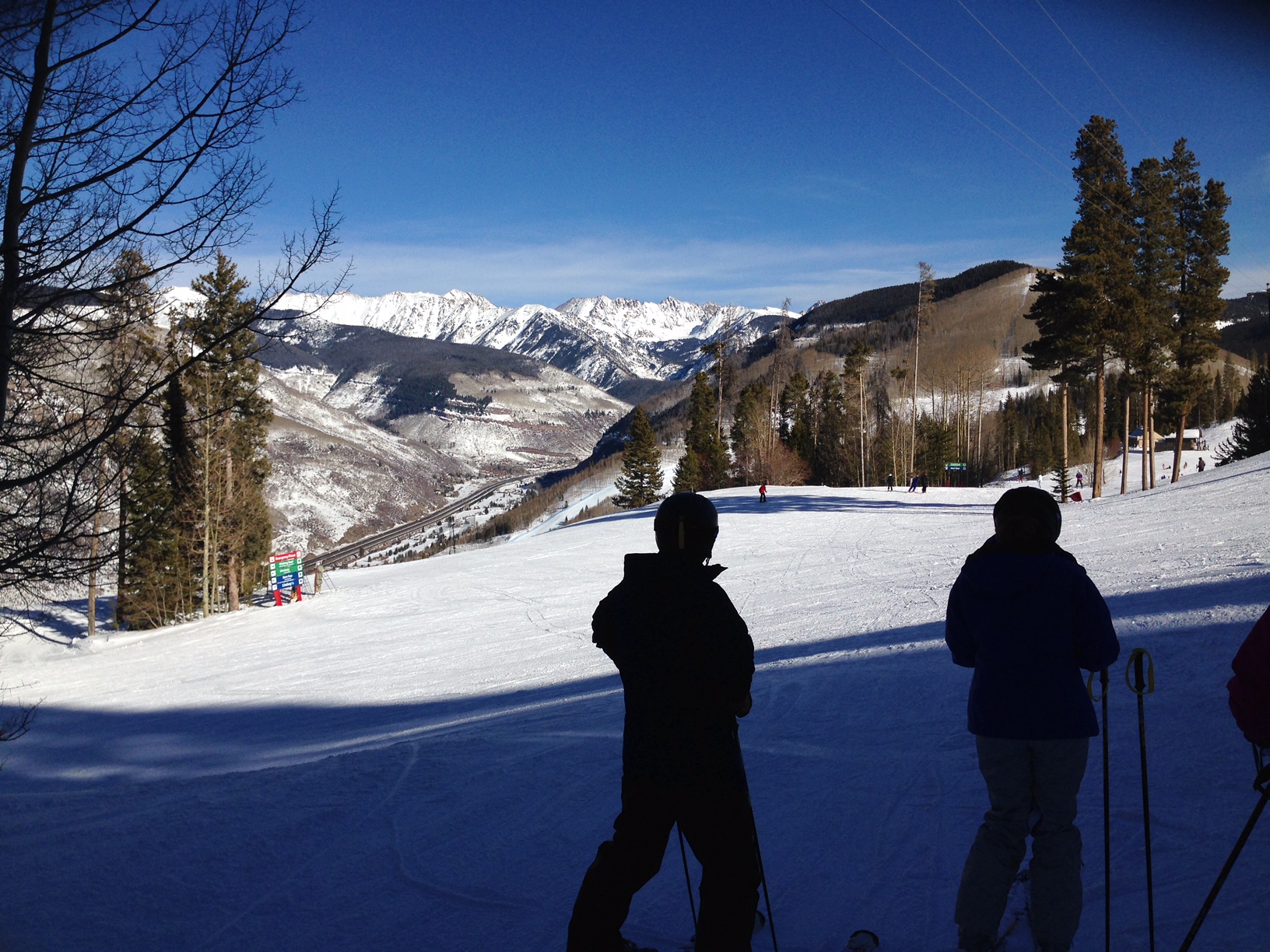
A Music Therapist on Skis
I recently had the opportunity to go skiing for the first time. At first I was unsure whether attaching metal to my feet to slide down on snow from the top of a mountain was a terrible or very good idea. The astonishing beauty of the surrounding landscape helped me go with the latter.
I was amazed at the amount of people of all ages that come from all parts of the world to do this. Each one at their own level of mastery. There are 7 year old experts and 60 year old novices. There are adaptive opportunities for individuals who are blind or paraplegic.
My experience began in ski school. An instructor taught me to maintain balance, to stop, to turn. I felt good about my progress and got a lot from every part of the process.
Eventually I made it down the mountain. At many points I lost my balance fearing I would crash against a tree or fall down the abyss. At times I stopped thinking and allowed myself to feel my existence within nature.
Once while taking the lift with the instructor, she told me that she always wanted to play an instrument but never really tried because she has no talent. This is something that us music therapists hear quite often. A lot of people actually think that you need to have some magical talent to play music. It is true that there are a lot of ridiculously talented musicians. Some might even be geniuses. But most people who play music are not even professional. You don’t necessarily have to try to make a living out of it. Just like most people here are not even trying to make it to the Olympics. Some take it more seriously than others and some are actually pretty good. But even those of us who spend half the time on our butts can have a meaningful experience.
My next time down I let myself go a little bit more and was able to maintain much better balance. I was able to focus my awareness on the present moment and enjoy the process. Even at 2 miles per hour, on flat ground, the snow still absorbs the sound and the quiet is accompanied by these endless ice cream mountains.
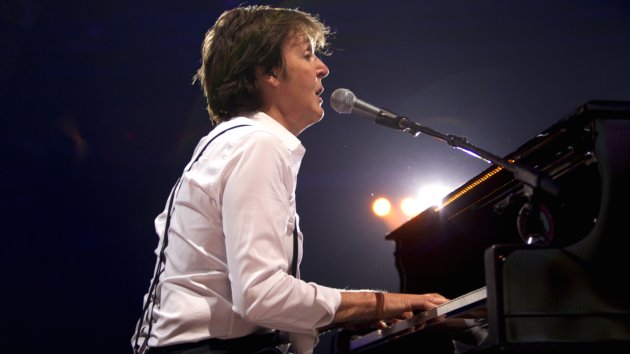
Songs for Valentine: Which one are you?
There are infinite ways to express love and romance through song. Which one fits YOU best? How do YOU say I love you? Simple and straightforward or abstract and complex? Are you more about sweet and colorful romance or dark and sort of weird? Rainbows and butterflies or bones and flesh? Jump of joy or stare out the window? Open arms free fall or careful meticulous rocky mountain way down? The great American songbook, Motown, folk, Latin, punk, 80’s power-ballad or modern pop? Are you more Paul or John? Ella or Billie? Marvin or Al? Bjork or Beyonce? Go through the following playlist and notice which one resonates with you the most. Share it with your friends and lover(s)!
Learn More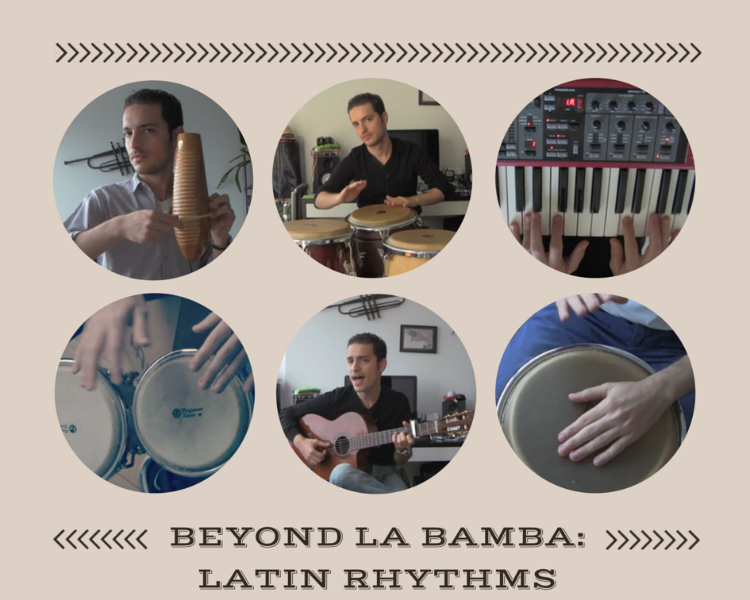
Spicing it up with Latin Rhythms at Music Therapy Ed
I recently released a CMTE course with one of the leading online resources for music therapists, Music Therapy Ed. The course is called Beyond La Bamba: Latin Rhythms, and it was created to help music therapists develop skills to connect with clients and patients who have a preference for Latin music.
I was exposed to a lot of great Latin music while growing up in Mexico and while studying at Berklee College of Music. I have also been fortunate enough to work with a vast amount of clients and patients of Latin background while living in New York City for the past ten years, and I am thrilled to have the opportunity to pass along some of the information I have acquired.
Beyond La Bamba: Latin Rhythms with Ariel Weissberger, MA, MT-BC from Kathryn Fulton on Vimeo.
Unlike an artist who expresses his own personal feelings, stories thoughts and points of view through his art, a music therapist focuses on the client’s own experience. Within a therapy session a music therapist is as unlikely to play a personal break-up song per se, as a psychoanalyst is to talk about his own mother. In other words, the music therapist’s music is about the clients, and its role is to facilitate music experiences by bringing out the music in them while working on musical and non-musical clinical goals. This puts us music therapists in a position where we are constantly learning new songs and styles of music in order to have as many tools as possible to do our job. It also speaks volumes about the amount of effort, care and dedication we put into our work.
Latin styles of music are an essential part of the music therapist’s toolbox not just because the Hispanic population is the largest minority in the US, but also because Latin music is extremely popular among non-Latin people. Furthermore, Latin rhythms are quite present in a lot of music genres of today’s eclectic world.
Latin rhythms can be challenging but are also highly engaging. The mere task of working on them can positively impact the rhythmic sense and overall musicality of any musician. If you are a music therapist, music educator or musician looking to get started on Latin rhythms to spice up your music, I invite you to join the course by clicking below. Are you up for the challenge?
Learn More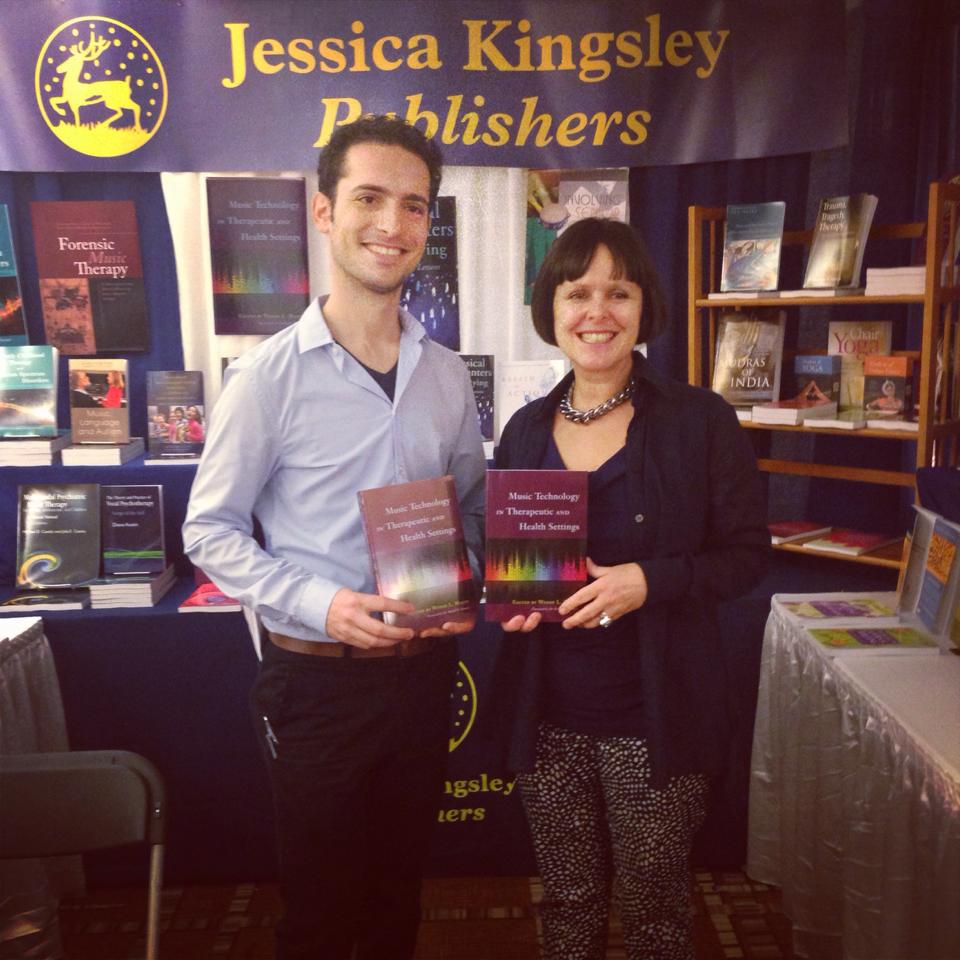
Published! – On Music Therapy and Technology
I have the honor to be featured in Dr. Wendy Magee’s new book called Music Technology in Therapeutic Health Settings, published by Jessica Kingsley Publishers, one of the top publishing companies in the field .
Dr. Wendy Magee is a world renown professor, researcher and music therapist. For this project, she recruited a number of music therapists currently doing breakthrough work with music technology, and asked each to write a chapter about it.
I wrote chapter 15. Garageband as a Digital Co-Facilitator: Creating and Capturing Moments with Adults and Elderly People with Chronic Health Conditions.
 In this chapter I talk about how I used Apple’s music software Garageband in a music therapy group I ran for Spanish speaking registrants at an adult day health center in Bronx, NY. This was one of the many programs I had the opportunity to design and implement while working with the Institute for Music for Neurologic Function. The group recorded a full album of original songs as part of their creative therapeutic process.
In this chapter I talk about how I used Apple’s music software Garageband in a music therapy group I ran for Spanish speaking registrants at an adult day health center in Bronx, NY. This was one of the many programs I had the opportunity to design and implement while working with the Institute for Music for Neurologic Function. The group recorded a full album of original songs as part of their creative therapeutic process.
Perhaps my central argument is that technology not only can facilitate musical, creative and therapeutic processes, but also help adults and elderly feel connected to the current trends in the world surrounding them. In this group in particular, members have at least three barriers that are potentially isolating: culture, age and health related. The use of technological devices such as laptops and ipods may at least partially diminish a little bit of each.
A number of participants in the program reported feeling more connected to their younger family members after gaining a better understanding of current technology related cultural trends. They were also able to work together relying on each other’s strengths to minimize their weaknesses. A stroke survivor with a speech deficit was able to thrive in the group due to her intact memory, while a woman with early stages of dementia was able to utilize her great diction to contribute to the group in spite of her deteriorating memory skills.
With the use of technology we were able to capture the meaningful moments we created, maximize them and reflect them back. The production of the album provided the context in which we relied on for guidance and purpose. In the chapter, I describe some techniques implemented to support, fulfill and magnify the creative ideas of the group. Such techniques include overdubbing, multi-tracking, and looping.
I am hoping some of these ideas can add something to the ever present yet increasingly pertinent discussion of technology related issues in the field. What is our role as music therapists/album producers? How much should we add our own aesthetic ideas? How much do we ‘fix’ notes and mistakes? What are some counter-indications to the use of technology?
Congratulations to Dr. Wendy Magee for putting together this extremely important book, to Dr. David Ramsey -who I consider my mentor- for his genius foreword, and to all the brilliant music therapists who wrote and participated. I am thrilled to be a part of it!
You may order the book directly at Jessica Kingsley Publishers or at Amazon.
Learn More

Songs For Father’s Day
1.Beautiful boy (John Lennon)
This is one of the happiest songs I can think of. John Lennon was genius at expressing the feeling of an experience in a song. This one is about being a dad to Sean, the only child he had with Yoko. John sounds so excited about being a dad, he can barely control himself. It seems he was enjoying every moment of it but at the same time could not wait for Sean to grow up. This joyful restraint is evidenced in the music’s patient pace. Look at him goofing around in the video. (more…)
Learn More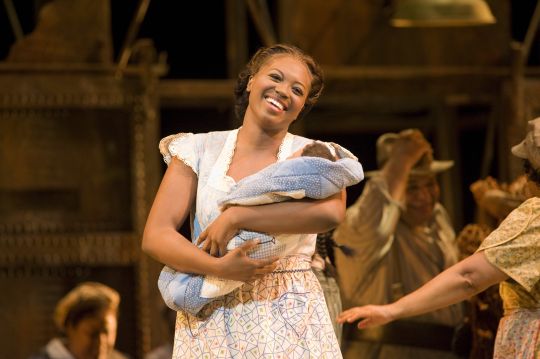
Songs for Mom
Mother’s Day can bring up a wide mixture of feelings and emotions. Love, happiness, sadness, loss, anger, guilt, safety, comfort; the relationship we have with our mothers is always rich in depth, and therapists and artists love exploring it.
Below we find a few examples of how different songwriters process some these emotions through song. (more…)
Learn More
Processing An Event Creatively With Groups
I recently did a presentation at the MAR-AMTA Music Therapy Conference in Scranton, PA. I love attending and participating in conferences because I get inspired AND I get the opportunity to inspire others.
In my presentation, I shared with an enthusiastic group of people some ideas on how we can help others use music to improve the quality of their existence. I proposed a multi-modal approach to helping children in medical rehabilitation develop coping, social, and self assessment skills. (more…)
Learn More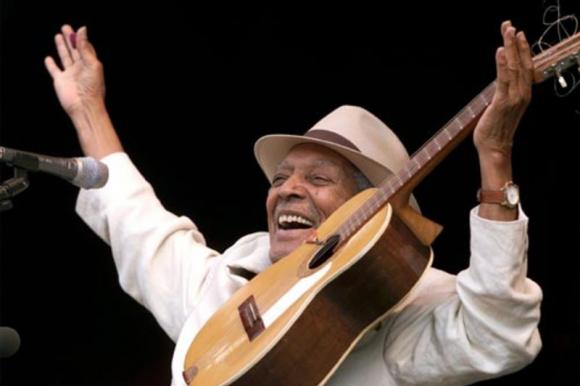
Great Latin Songs
There is a world beyond La Bamba, Cielito Lindo and Guantanamera. The Latin songbook is incredibly rich and beautiful. The following songs are only a few that will help you connect with Latin culture.
Learn More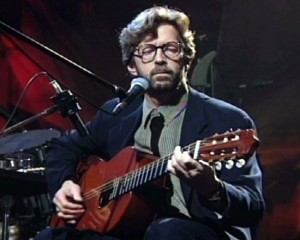
Mourning Music
I recently lost my beloved grandfather Emmanuel Wapinski. In Judaism, we do not play or listen to music during grief. However, I thought about music written for bereavement in other cultures, and songs that express loss. Here are the examples I came up with. (more…)
Learn More
